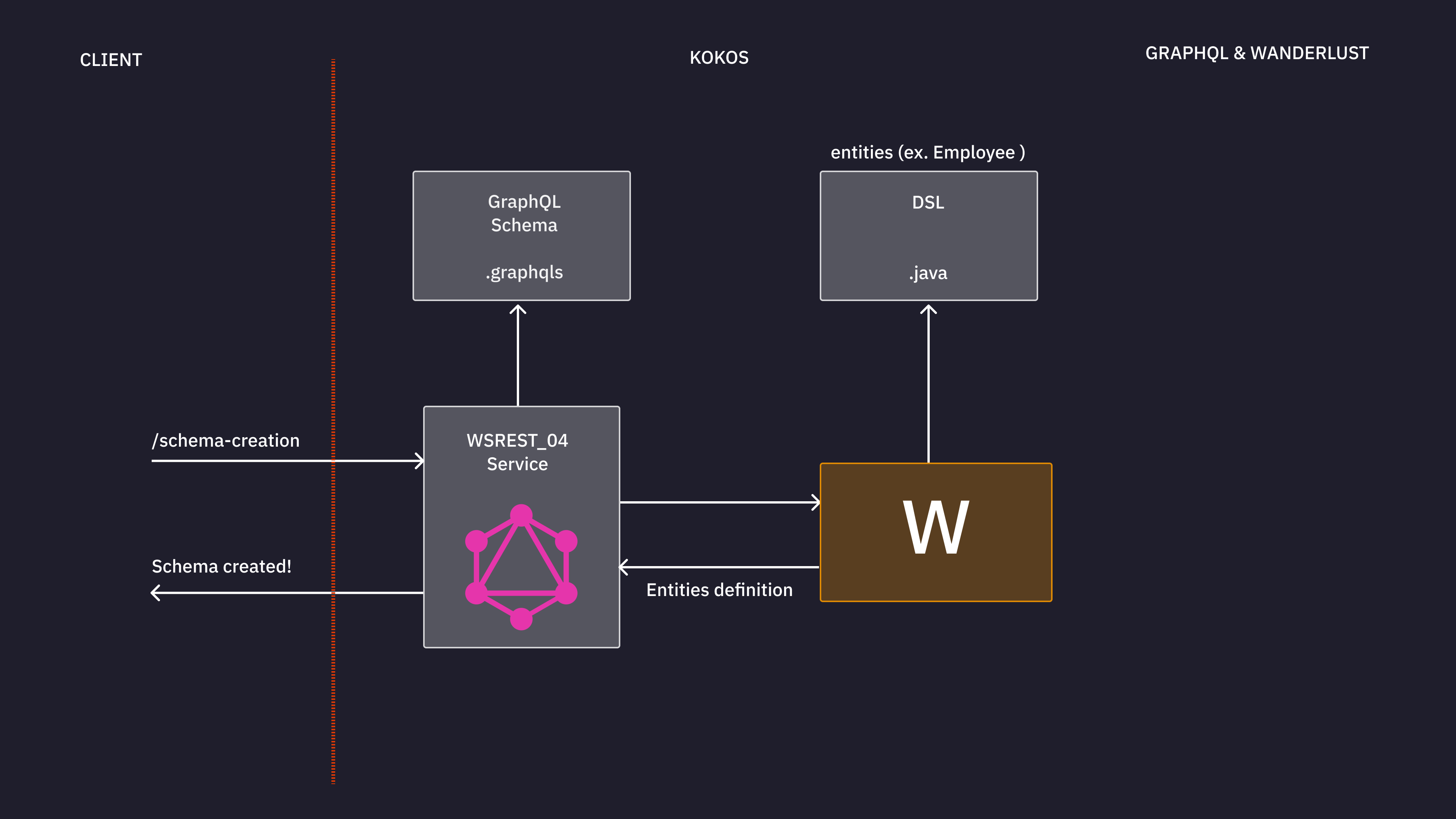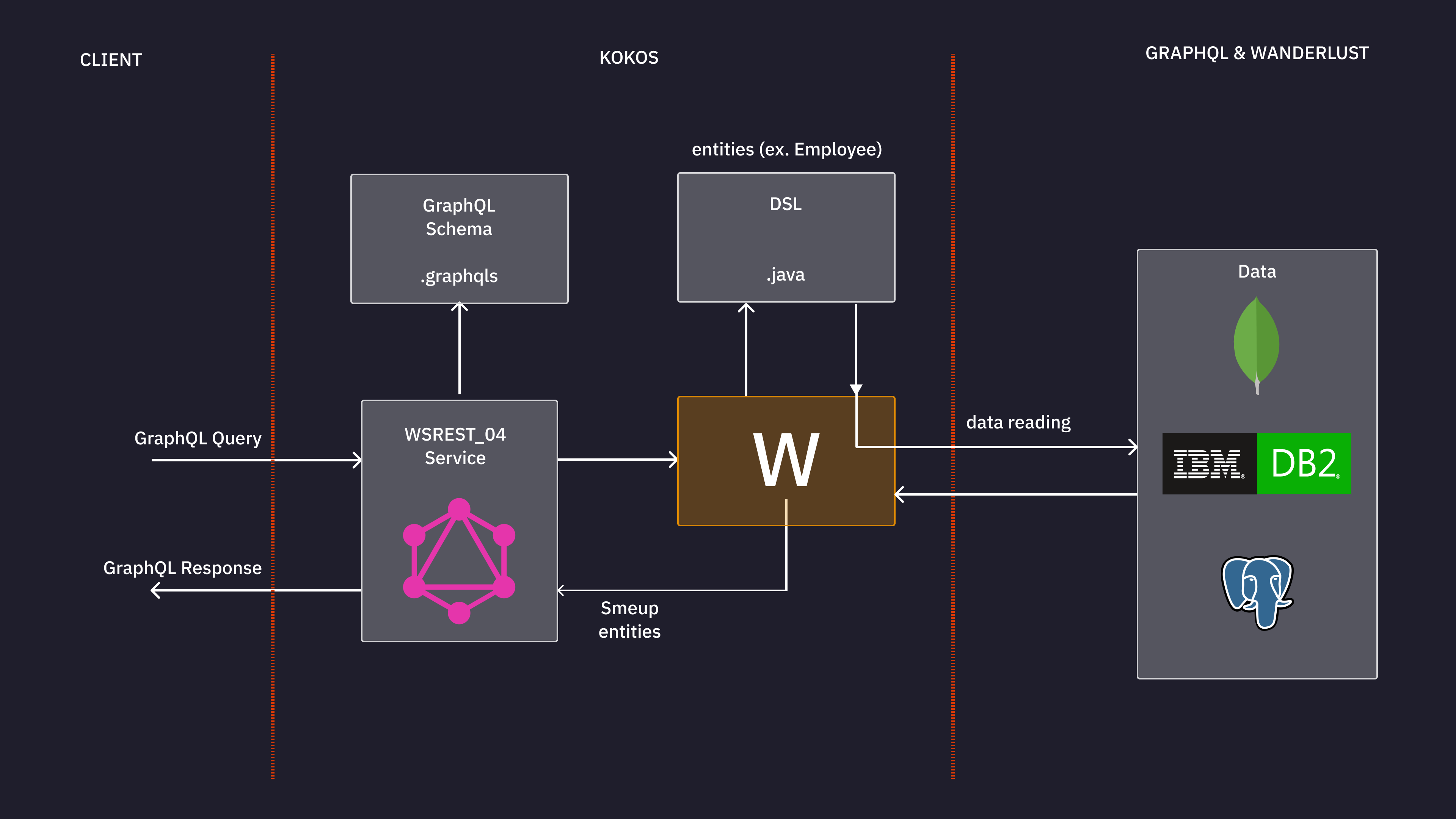Overview
GraphQL in Data serves as a powerful query language that enables users to efficiently retrieve and filter data in a standardized manner. By leveraging GraphQL's capabilities, Data allows clients to query specific data fields of interest, ensuring precise and optimized data retrieval.
Data integrates GraphQL seamlessly with the entity management module, a system that defines entities using a Domain-Specific Language (DSL) written in Java. These entities describe the data source, attributes, and any applicable actions. Based on this entity definition, Data automatically generates the GraphQL Schema, which is essential for query execution.
How It Works:
Schema Generation
The GraphQL schema is created dynamically using the /schema-creation API. It interprets the entity definitions from Wanderlust and generates the schema, enabling clients to query the data.

Query Execution
Once the schema is available, users can perform GraphQL queries via the /graphql endpoint. Queries can be simple or filtered, returning only the fields and data that are needed.

Standardized Access to Data
GraphQL in Data provides two key query capabilities for each entity:
- Fetch All: Retrieve a complete list of entities.
- Filtered Fetch: Apply filters to narrow down results based on specific criteria.
Efficient and Customizable Results
With GraphQL, users can specify exactly which fields they want in the query response, avoiding unnecessary data transfer. Filters can be applied to refine the query, ensuring results meet specific needs.
Benefits of Using GraphQL in Kokos:
- Precision: Request only the data fields you need.
- Flexibility: Filter and query data dynamically without modifying the underlying system.
- Integration: GraphQL works in conjunction with Wanderlust's entity definitions, ensuring compatibility and ease of schema generation.
- Performance: Optimized queries allow for efficient data access.
By utilizing GraphQL, Data simplifies data querying and ensures a seamless integration with existing data sources and services.